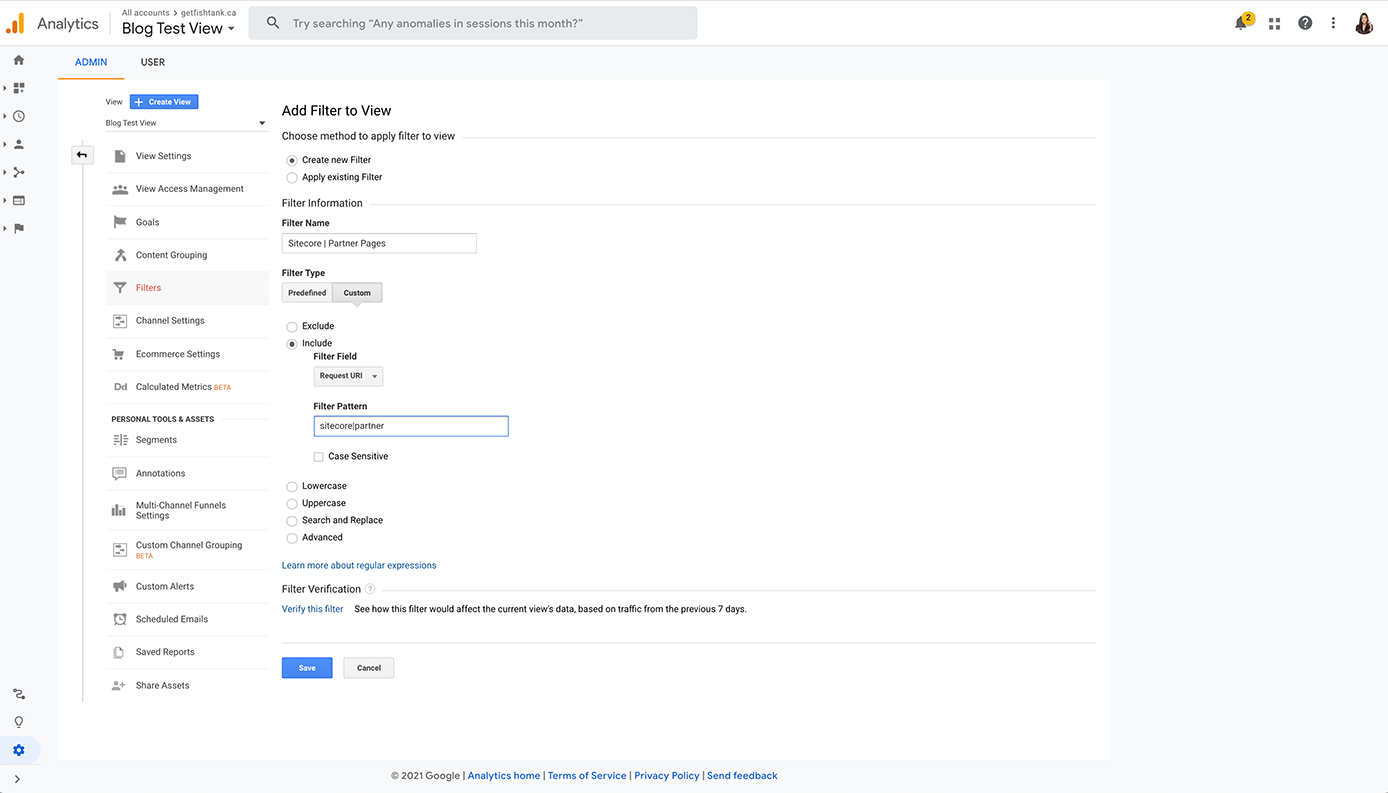

- Dupeguru use regular expressions when filtering how to#
- Dupeguru use regular expressions when filtering series#
- Dupeguru use regular expressions when filtering download#
(This will require an active Schematiq subscription – please contact us below to get your free trial!)
Dupeguru use regular expressions when filtering download#
To follow along yourself, you can download the spreadsheet used in these examples here.

Dupeguru use regular expressions when filtering how to#
To show how to use it, let’s apply it to an example from our Sports Participation data. Unlike FIND, it returns TRUE/FALSE if the pattern is found, instead of the starting position – this makes it useful for filtering! Additional options allow you to choose whether we want a case sensitive search (FALSE by default), and where to start searching from in the text, if not from the beginning. Like FIND, this function takes some input text, and searches it for a regex pattern (a string which specifies the format of the text that we want to find). For now, we’ll look at just one of these functions – regex.IsMatch: Schematiq introduces a new family of functions that allow you to use regex in Excel. We’ll only cover a few basic examples here to show how to use Schematiq’s regular expression functions in your spreadsheet, but to really appreciate how useful they can be, we’d recommend experimenting yourself – online tools such as RegExr allow you to visualise your regex matches as you type, and using a cheatsheet makes it easy to learn new search options. Regular expressions are similar to wildcards – but a lot more powerful.
Dupeguru use regular expressions when filtering series#
You may well have come across wildcards when using Find/Replace tools: you can restrict to certain file types by searching for “*.txt”, or “*.xlsx”, where the * denotes any series of characters. Looks quite messy, doesn’t it? Wouldn’t it be nicer if we could use a single function instead of ISNUMBER and FIND? And what if we could also be much more specific with our searches – so we could always match exactly the text we want? For instance, to filter items whose class contains “Swimming”, we used this snippet: When we knew the exact value we wanted, filtering was easy – the snippet was:īut when we wanted to search by a substring, things quickly became more complicated. In the second of these articles, we filtered the table below by ‘Class’ (a column of text entries) Filtering Schematiq Tables in Excel: all But settled.tbl.Filter: An Introduction to Filtering with Schematiq.In this example (and the one above), we assume some knowledge of table filtering using Schematiq – but if this is new to you, don’t fear! We’ve put together a couple of blog articles to explain the basics: Filter in the Schematiq Viewer using regex.IsMatch()Ī more detailed example (for those of you with a curious streak) Get the filtered values back into ExcelĢ.Create a Schematiq table containing your data.Straight to the point (for those in a hurry!)Įxcel’s ‘Filter’ functionality can be really useful, but sometimes you need more control – and regex is the perfect way to do it. Ever wished that you could use regular expressions ( regex) in Excel? Or perhaps you’ve been looking for a better way to filter your tables? In this blog, we’ll show how Schematiq can help, by bringing the power of regex to your Excel spreadsheets.


 0 kommentar(er)
0 kommentar(er)
